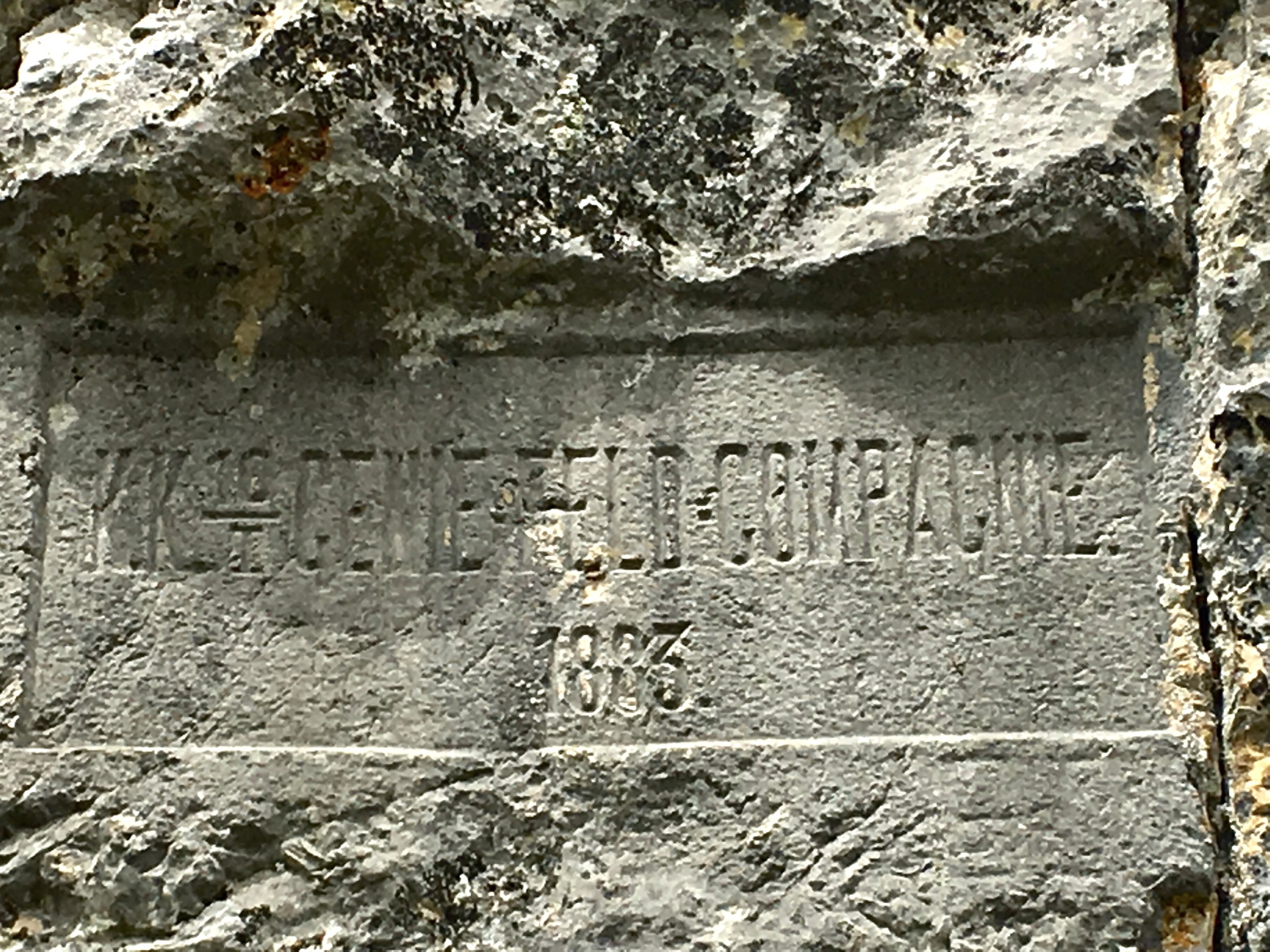Nevesinje // Bells, Whistles, Sheep’s Bridge
The Ovčiji Brod in Nevesinje, Bosnia and Herzegovina // © John Bills
You know a bridge is well-known when you ask for directions three times and get three different responses. That was the situation that faced Aldina and me as we drove around the villages outside of Nevesinje in search of Ovčiji Brod, the Sheep’s Bridge, a masterpiece of Ottoman bridge building that was supposed to be altogether more peaceful than the noise around the bridges that get all the attention today.
Little concrete information is available about the Ovčiji Brod, which makes the lack of concrete information with regards to finding it all the more apt. Prevailing wisdom suggests it was built in the 18th century, although much of this is based on the fact that famed travel writer Evliya Celebi didn’t mention. I mean, let’s get all Lance Storm for a moment; it would have been impossible for the guy to see everything, so if he failed to mention something, maybe it was just because he didn’t get around to seeing it?
It was either the 18th or the 16th, but the characteristics of the bridge suggest the former. It ticks the Ottoman stone bridge boxes, those most delicious of boxes, with its arches and grace. The bridge is the oldest to span the Zalomka river, itself a river that gets overshadowed by more celebrated colleagues. Three metres wide, 35 metres long, all beauty and all grace. Maybe Mimar Hayruddin designed it, that is one of the theories, but I prefer to believe that he had already skipped town in fear of Mostar’s Stari Most falling. Leave me to my stories, please.
Still, the cavalcade of information wasn’t helping us find it. Go straight on, you can’t miss it. Go to this village, take a right, then a left, then two rights, and you can’t miss it. The bridge? Go back where you came from, turn left at the cross, straight on. You can’t miss it.
Then how the heck were we constantly missing it? The prevailing wisdom was mocking us too, as history suggests that there was a bridge here in the Roman times, evidenced by the Roman road that leads to it. You know what Roman roads are famous for, right? Being hella straight, that’s what.
Long story short, we eventually found the bridge, and was it worth the search? If you’ve ever come across an Ottoman-era stone bridge in Bosnia and Herzegovina, you will know that the answer is yes. Very yes. Extremely, very yes.
The Sheep’s Bridge doesn’t have the grandeur of its compadres in Mostar, Konjic, Višegrad and Trebinje. It doesn’t announce itself with jazz hands. I mean, if it did, we wouldn’t have struggled to discover the thing, right? The Sheep’s Bridge doesn’t have bells, it doesn’t have whistles.
© Wikimedia Commons
What it does have is a quiet confidence in its own beauty, an elegance of purpose that transcends its original reason for existence. That reason explains the name, as the bridge was primarily used for getting sheep from one side of the river to the other, allowing them to head off and graze to their heart’s content. Keep the sheep happy, keep the people happy.
It was difficult to see where the sheep would go today, but we hadn’t searched for the bridge to understand grazing behaviour. We found it for the simplest of reasons, to look at it, and it was worth it. ‘Peaceful’ gets bandied about far too often when writing about tourism, but there was a sense that not even comets could disrupt the peace here. History suggests different, of course; the Germans mined it in 1943, and the Zalomka has done its own damage over the years, but we don’t look at beautiful things and wrap ourselves up in the ups and downs of their story. Okay, we do, sometimes, but sometimes we seek out beauty for the entirely superficial reason of looking at something beautiful.
Make no mistake about it, the Ovčiji Brod was beautiful. No, it is beautiful. There’s no need for the past tense there. We stayed for a while, standing on and by it, eating up the tranquillity of a stone bridge in the middle of nowhere. We made plans to return with a picnic (ie; beer), happy in the knowledge that we probably wouldn’t need to ask for directions next time round.


